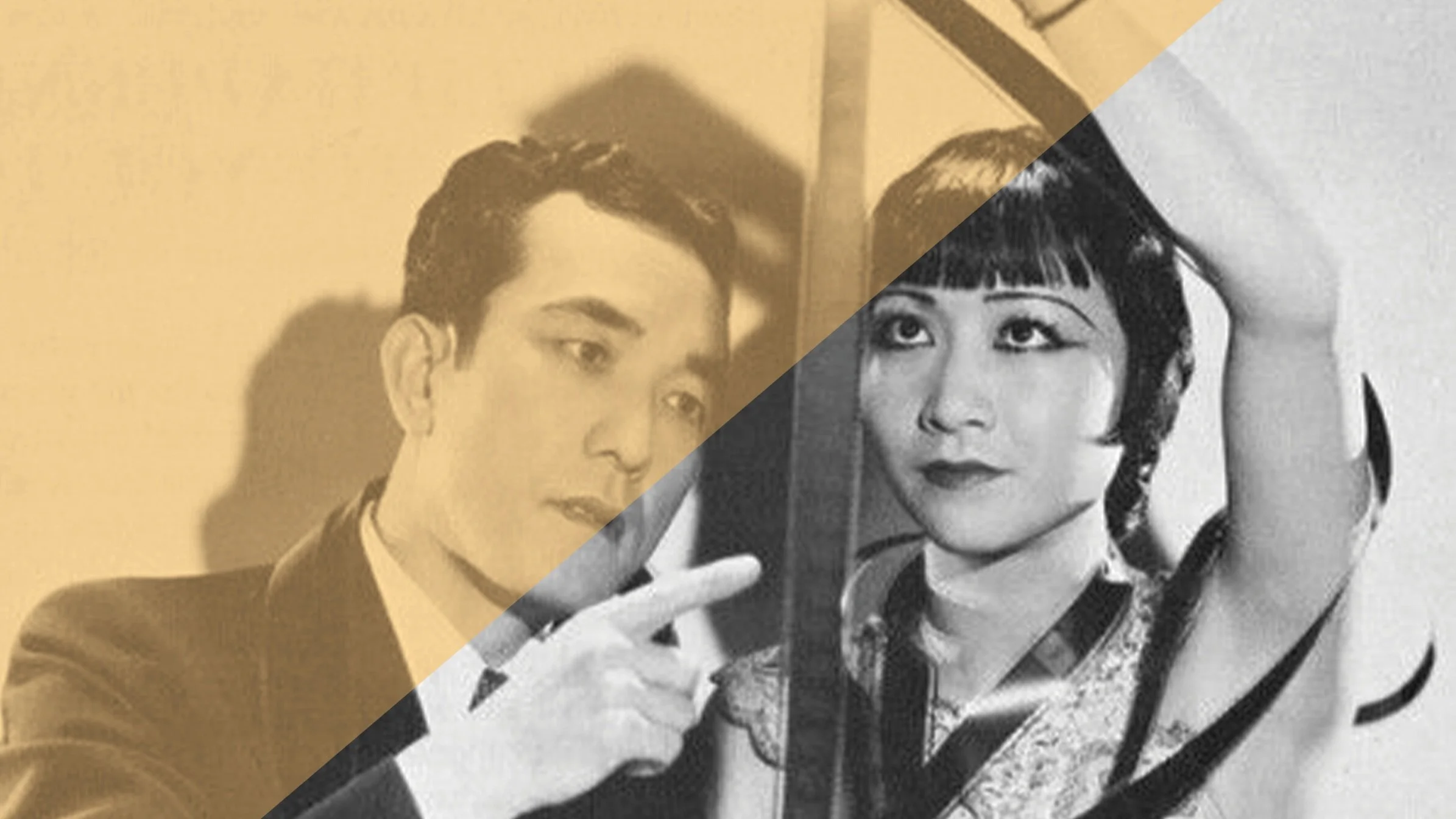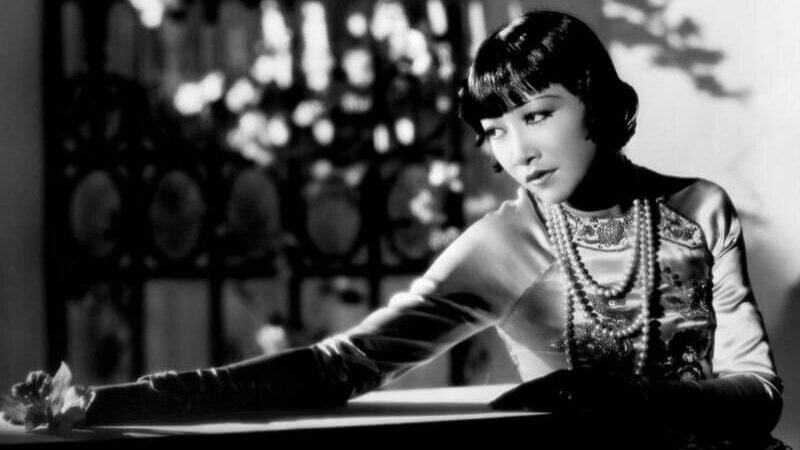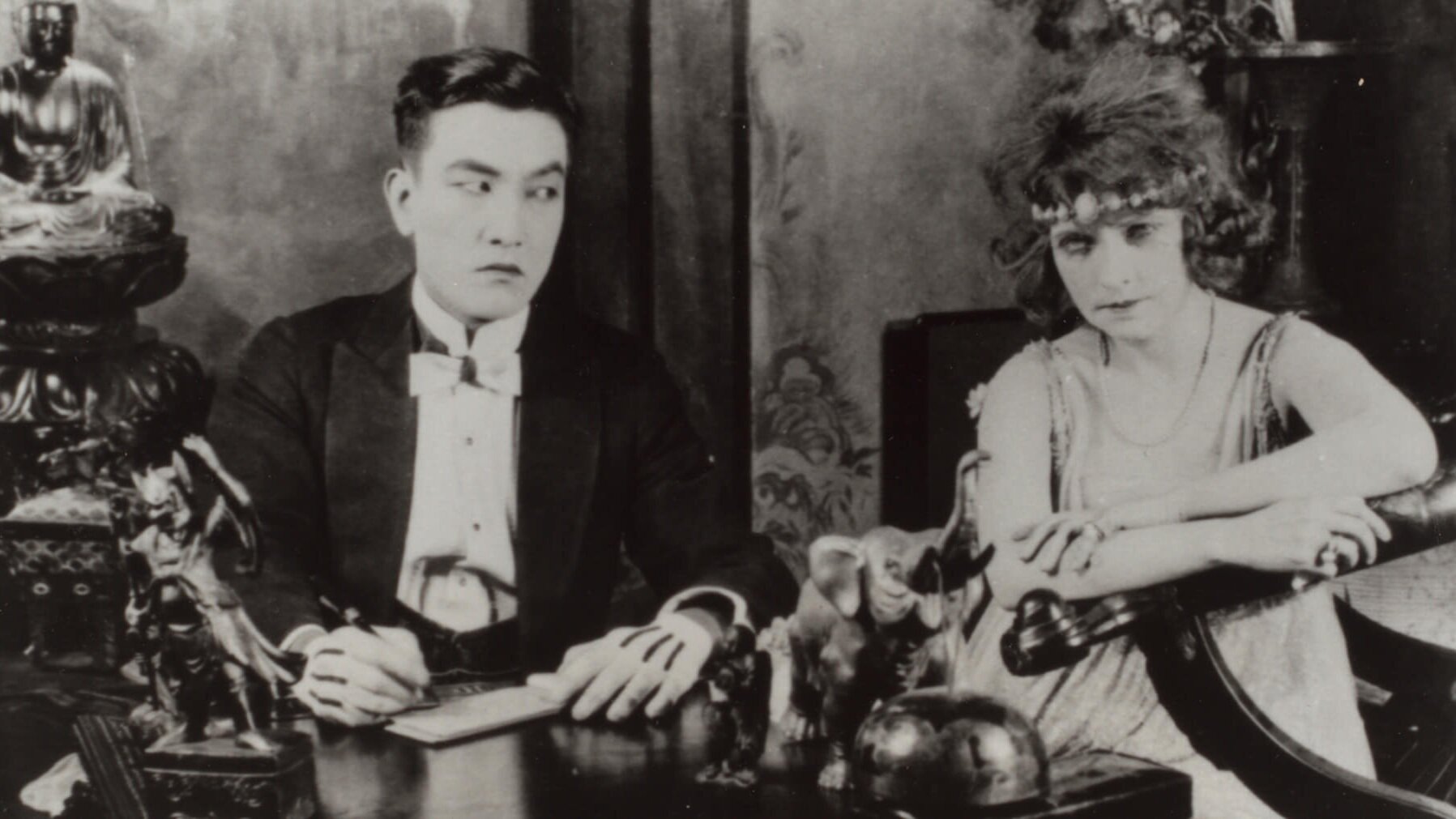Defying the Odds to Become Hollywood's First Asian American Movie Stars
ANNA MAY WONG (1905-1961)
For my parents and their generation, Anna May Wong was always an integral part of the family. Since she was the only female Chinese American film actress in Hollywood who actually became world famous, she eventually became an icon to the people of Chinese North America.
– Anthony B. Chan, author of Perpetually Cool: The Many Lives of Anna May Wong (1905–1961).
Wong Liu Tsong was born on January 3, 1905, in Los Angeles, California. Years later, as the first Chinese American film star, the world would know her as Anna May Wong.
Anna’s family came from Taishan, China. Her grandfather, Leung Chew Wong, emigrated to the United States during the 1850s, as many did at that time to escape social unrest, famine, and economic uncertainty. He opened a store in Michigan Bluffs, California — near John Sutter’s Mill, where gold was discovered in 1848. It was also here where Anna’s father, Sam Sing Wong, was born in 1858.
Tragically, Leung Chew died attempting to rescue a woman who had fallen into a well. Fatherless, Sam Sing was forced to begin earning a living while still quite young. After years of hard work in the United States and a first marriage in China, Sam Sing married for a second time to Oakland-born Gon Toy Lee. The couple opened a laundry on North Figueroa Street in Los Angeles.
Anna May Wong was born the second of eight children. The family lived and worked in an ethnically-mixed neighborhood just outside of LA Chinatown, which was becoming a hub of Chinese and Chinese American culture, commerce, and politics.
Anna and her older sister, Lulu, attended California Street public elementary school, but the racial bullying they endured was too much to bear. Anna recalled,
We tried to walk unconcernedly home from school, always with a larger and larger crowd of our tormentors around us shouting, “Chink, Chink, Chinaman. Chink, Chink, Chinaman.” Yanking our “pigtails” as they called our straight black braids of hair. Pushing us off the sidewalk into the street. Pinching us. Slapping us…. Every day was one of torture for us.
-Anna May Wong
Anna’s parents transferred them to the Chinese Mission School in Chinatown, where their classmates were Chinese and they were tormented no longer. After school each day, they went to Chinese school so as to not lose touch with their Chinese heritage. While Americans were surprised by Anna’s perfect English, her parents were dismayed by her American-accented Chinese.
By the 1910’s, motion picture production was moving from the east coast to Los Angeles. Many movies were shot in and around Chinatown, thus thrilling Anna, who often skipped school to get as close as possible to the action.
Making up her mind to become a movie star, she taught herself the craft by studying films playing at local movie theaters. When a casting call for Chinese extras arose, her father’s friend introduced her to the assistant director on Alla Nazimova’s film, The Red Lantern (1919). Anna got an uncredited role as an extra, carrying a lantern, but she said looking back on that day, “I felt sure that I’d see my name in electric lights before long.”
When Anna turned seventeen, she landed a role in The Toll of the Sea (1922), a silent version of Madame Butterfly. Over time, she developed a fan-base. On-screen, she was the mysterious, wicked, exotic dragon lady or Mongol slave. Off-screen, she was the model of a young American modern flapper. As recounted by historian Graham Russell Gao Hodges, journalist Myrtle Gebhart interviewed Anna for Screenland in 1922, and recalled Anna’s greeting as she emerged from her family’s laundry, “My, that’s a nifty car. It’s the kitty’s eyebrows, what?”
But her increasing fame was not enough to convince American filmmakers to give her a romantic leading role. At the time, many states adopted anti-miscegenation laws, and racial conventions prevented her from sharing an on-screen kiss with an actor of another race. For another six years, Anna pursued her Hollywood dreams but discovered, “rather than real Chinese, producers prefer Hungarians, Mexicans, American Indians for Chinese roles.” In 1928, Anna left Hollywood for Europe explaining, “I think I left America because I died so often.” In Europe, she starred in several notable plays and films, among them Piccadilly (1929).
She worked in the US and Europe during the 1930s, notably in Shanghai Express with Marlene Dietrich (1932). However, she was severely disappointed by Metro-Goldwyn-Mayer’s refusal to consider her for the leading role of O-Lan in the film version of Pearl S. Buck’s The Good Earth. MGM chose instead the German actress Luise Rainer.
Anna May Wong in Shanghai Express (1932)
Devastated, Anna spent the next year touring China and visiting her father who had retired to his home village. For her, the trip was like traveling to a “strange country, and yet, in a way, I am going home.” Yet, to her dismay, she was criticized in China for performing Hollywood’s stereotypical portrayals of Chinese women.
Anna responded to her critics by publicly expressing her appreciation and longing for a closer connection to her Chinese heritage. When WWII broke out, she devoted most of her time and energies to China's war relief. Anna returned briefly into the public eye in the 1950s, most notably with The Gallery of Madame Liu-Tsong, in which she became the first Asian American to play a lead in a US television series. She had been planning to return to film in Flower Drum Song when she died in 1961, at the age of 56.
Read the original piece: New York Historical Society
—
SESSUE HAYAKAWA ( 1889 - 1973)
Sessue Hayakawa was born in Chiba, Japan. His father was the provincial governor and his mother a member of an aristocratic family of the "samurai" class. The young Hayakawa wanted to follow in his father's footsteps and become a career officer in the Japanese navy, but he was turned down due to problems with his hearing. The disappointed Hayakawa decided to make his career on the stage. He joined a Japanese theatrical company that eventually toured the United States in 1913. Pioneering film producer Thomas H. Ince spotted him and offered him a movie contract. Roles in The Wrath of the Gods (1914) and The Typhoon (1914) turned Hayakawa into an overnight success. The first Asian American star of the American screen was born.
He married actress Tsuru Aoki on May 1, 1914. The next year his appearance in Cecil B. DeMille's sexploitation picture The Cheat (1915) made Hayakawa a silent-screen superstar. He played an ivory merchant who has an affair with the white Fannie Ward, and audiences were "scandalized" when he branded her as a symbol of her submission to their passion. The movie was a blockbuster for Famous Players-Lasky (later Paramount), turning Hayakawa into a romantic idol for millions of American women, regardless of their race. However, there were objections and outrage from racists of all stripes, especially those who were opposed to miscegenation (sexual contact between those of different races). Also outraged was the Japanese-American community, which was dismayed by DeMille's unsympathetic portrayal of a member of their race. The Japanese-American community protested the film and attempted to have it banned when it was re-released in 1918.
Sessue Hayakawa in The Cheat (1915).
The popularity of Hayakawa rivaled that of white male movie stars in the decade of the 1910s, and he became one of the highest-paid actors in Hollywood. He made his career in melodramas, playing romantic heroes and charismatic heavies. He co-starred with the biggest female stars in Hollywood, all of whom were, of course, white. His pictures often co-starred Jack Holt as his white rival for the love of the white heroine (Holt would later become a top action star in the 1920s),
Hayakawa left Famous Players-Lasky to go independent, setting up his own production company, Haworth Pictures Corp. Through the end of the decade, Haworth produced Asian-themed films starring Hayakawa and wife Tsuru Aoki that proved very popular. These movies elucidated the immigrant's desire to "cross over" or assimilate into society at large and pursue the "American Dream" in a society free of racial intolerance. Sadly, most of these films are now lost.
With the dawn of a new decade came a rise in anti-Asian sentiment, particularly over the issue of immigration due to the post-World War I economic slump. Hayakawa's films began to perform poorly at the box office, bringing his first American movie career to an end in 1922. He moved to Japan but was unable to get a career going. Relocating to France, he starred in The Battle (1923), a popular melodrama spiced with martial arts. He made Sen Yan's Devotion (1924) and The Great Prince Shan (1924) in the UK.
Sessue Hayakawa and Anna May Wong on set.
In 1931 Hayakawa returned to Hollywood to make his talking-picture debut in support of Anna May Wong in Daughter of the Dragon (1931). Sound revealed that he had a heavy accent, and his acting got poor reviews. He returned to Japan before once again going to France, where he made the geisha melodrama Yoshiwara (1937) for director Max Ophüls. He also appeared in a remake of "The Cheat" called The Cheat (1937), playing the same role that over 20 years earlier had made him one of the biggest stars in the world.
After the Second World War, he took a third stab at Hollywood. In 1949 he relaunched g himself as a character actor with Tokyo Joe (1949) in support of Humphrey Bogart, and Three Came Home (1950) with Claudette Colbert. Hayakawa reached the apex of this, his third career, with his role as the martinet POW camp commandant in The Bridge on the River Kwai (1957), which brought him an Academy Award nomination for Best Supporting Actor. His performance as Col. Saito was essential to the success of David Lean's film, built as it was around the battle of wills between Hayakawa's commandant and Alec Guinness' Col. Nicholson, head of the Allied POWs. The film won the Best Picture Academy Award, while Lean and Guinness also were rewarded with Oscars.
Hayakawa continued to act in movies regularly until his retirement in 1966. He returned to Japan, becoming a Zen Buddhist priest while remaining involved in his craft by giving private acting lessons.






